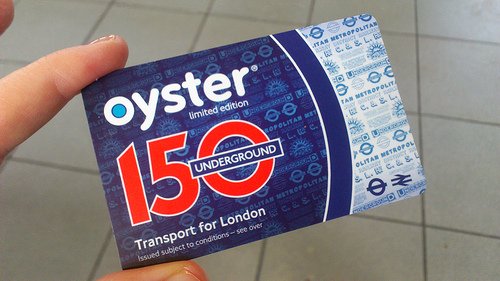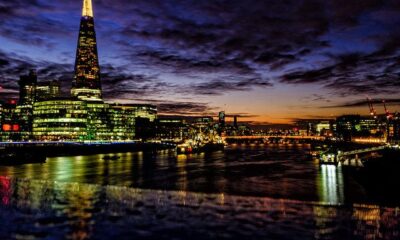

Features
London Underground: 150 years, 250 miles and billions of journeys
The London Underground, the world’s oldest system, made its first journey on January 9 1863 and began public operation a day later. Congestion was the prime motive for building this unique railway system, which today moves 3.7 million people around London on an average working day.
As of May 2012, 184 cities have built rapid mass transit systems. Capital costs for such projects are high, as are the risk of overruns and most projects are publicly-funded. Back in the 19th century, this led to a five-year delay from parliament supporting the new transit concept in 1855, to work beginning on construction in 1860.
The first underground lines were shallow and involved clearing the ground for the line, cutting down and covering the trench in what came to be known as cut-and-cover. Later cylindrical tunnels were built deeper underground using advances in tunnelling, leading to far less disruption to those living or working above ground.
The oldest underground line is the Metropolitan Line (est. 1863 – dark magenta) and newest, the Jubilee Line (est. 1979 – silver . In fact, the newest part of Transport for London is London Overground, established in 2007.
The longest line is the 46 mile Central Line (est. 1900 – red) and the shortest, the 1.5 mile Waterloo & City Line (est. 1898 – turquoise). The line with the most stations is the District Line (est. 1868 – green) with 60 and the least, the Waterloo & City Line with two. The Central Line (261m per annum) and Northern Line (est. 1890 – black, 252m pa) jostle for busiest line status.
Initially, independent companies ran the different lines leading to an inconvenient and uncoordinated system. By 1908, the companies had agreed to promote themselves collectively as London Underground and they became an unsubsidised public corporation in 1933, nationalised in 1948.
Since then, it has passed through the Ministry of Transport (1963-1970), the Greater London Council (1970-1984), London Regional Transport under the MoT (1984-2000) and Transport for London run by the GLA Mayor (2000 to present).
Public, integrated and a social, economic and environmental good
The benefits of rapid mass transit are clear. People can easily commute from lower cost, lower density residential areas to higher cost, higher density business districts creating more employment opportunities and economic growth. More importantly, billions of individual journeys do not take place (1.1 billion pa), which would otherwise choke city streets with cars and pollution.
Without the vision and courage of the Victorians, London would have been a much smaller, far dirtier and slower place. Raise a glass to the City of London Corporation’s solicitor and prime mover of the first underground, Charles Pearson, if you think that’s a good thing.
The lessons of the past should be learnt on ownership (public), structure (integrated) and benefits (economic and environmental) for mass transit. We need the same vision and courage today for further growth of the London system, systems in other major cities and the national rail network.
Further reading:
Rail investment will speed up journeys and lower emissions
Unsustainable rail price rises for 10th successive year


 Energy12 months ago
Energy12 months agoThe Role of Renewable Energy in Commercial Real Estate

 Environment8 months ago
Environment8 months agoAre Polymer Banknotes: an Eco-Friendly Trend or a Groundswell?

 Energy11 months ago
Energy11 months agoHow Energy Referral Programs are Saving The Planet… And Your Bank Account!

 Environment9 months ago
Environment9 months agoEco-Friendly Home Improvements: Top 7 Upgrades for 2025





























